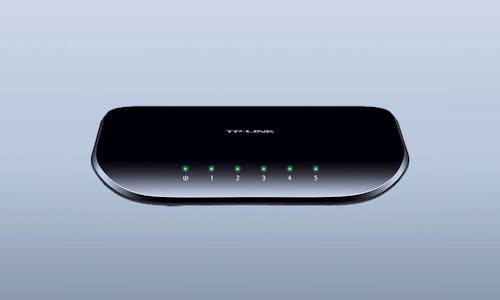A report from Which? claims that 92 per cent of customers with non-cable fixed-line services aren’t getting the advertised ‘up to’ speeds.
Having taken a closer look at Ofcom’s UK Fixed-Line Broadband Performance report from November 2014, the consumer choice champion also found that just 1 per cent of customers on BT and Plusnet’s 76Mbps deals, and 4 per cent of customers on TalkTalk’s 17Mbps package were getting the top advertised speeds.
Which? is now calling for a revision of the rules which govern how fast ISPs can claim to be able to take their customers. Ofcom’s rules currently state that the advertised ‘up to’ speed must be available to at least 10 per cent of customers before ISPs can proudly splash those figures on shiny banner ads and price comparison sites.
Crappy broadband speeds? New Ofcom rules let you leave your ISP earlyExecutive director of Which? Richard Lloyd, said: “It’s not good enough that millions of homes are so poorly served by their broadband provider with speeds that just don’t live up to what was advertised.”
“We’ve raised our concerns with the advertising authorities, but we now want Ofcom to ensure consumers get the speeds promised by providers.”
Ofcom recently announced new guidelines which will allow consumers who are stuck on sub-standard connections to leave their contracts early without being charged a fee.
The report, while damning for ISPs using BT’s Openreach network, Virgin Media came up smelling of roses.
Which? findings indicate that a fairly comprehensive 98 per cent of Virgin Media customers receive their headline speed, while customers who use FTTP (Fibre to the Premises) connections, like those offered by Hyperoptic and CityFibre, seldom slip below the advertised threshold.
Echoed Lloyd’s beef with the current advertising standards Virgin Media CEO Tom Mockridge said: “Outdated advertising rules allowing providers to claim superfast speeds only available to 10 per cent of customers need to change. Advertised speeds should be available to the many not the few.”
Hyperoptic’s vice president of product marketing Steve Holford also spoke out against the current standards in place, regarding both advertised speeds and actual infrastructure – an issue which has been debated often since BT was given leave to promote its FTTC (Fibre to the Cabinet) services as ‘fibre optic’ back in 2014.
“Unfortunately the news from Which? that over 15 million Brits aren’t getting their advertised broadband speeds doesn’t come as a surprise,” Holford said. “The discrepancy between advertised and actual broadband speeds is due to the fundamental flaw in the technology that is used to deliver the majority of broadband connections.
“Consumers are being misled into believing that they are receiving ‘fibre’ broadband, when really the fibre stops somewhere in the streets around their home – the broadband is delivered into their house via outdated copper lines, which accounts for the quality and distance degradation in speeds and peak-time slowdowns.”
While it is true that the limitations of FTTC mean that not everyone will get those top 38Mbps and 76Mbps speeds, BT is getting on with the business of growing its FTTP footprint.
Due to the scale of the Openreach network – which covers roughly 29 million British premises – and the cost of deploying fibre, it’ll be a long time before everyone can order FTTP from BT or a provider using its access network.
By then, ISPs like CityFibre and Gigaclear may well have expanded their pure fibre networks considerably. Hyperoptic’s managing director Dana Tobak said last year that everyone will be on a fibre optic connection one day.
In the meantime, BT continues to test out G.fast technology, which in lab conditions this has delivered download speeds of over 700Mbps over a combination of fibre optic and copper cables.

Leave a Reply